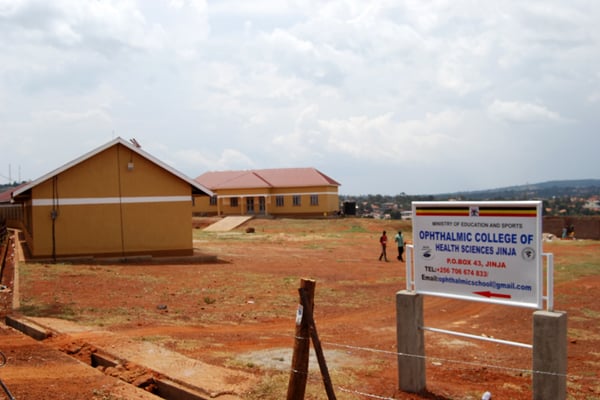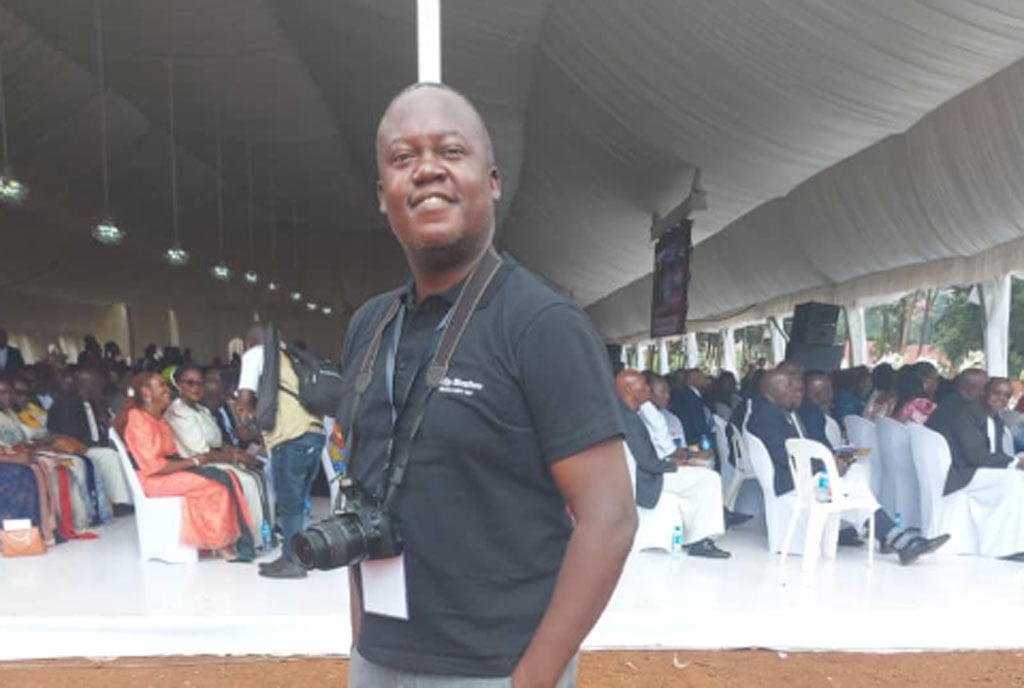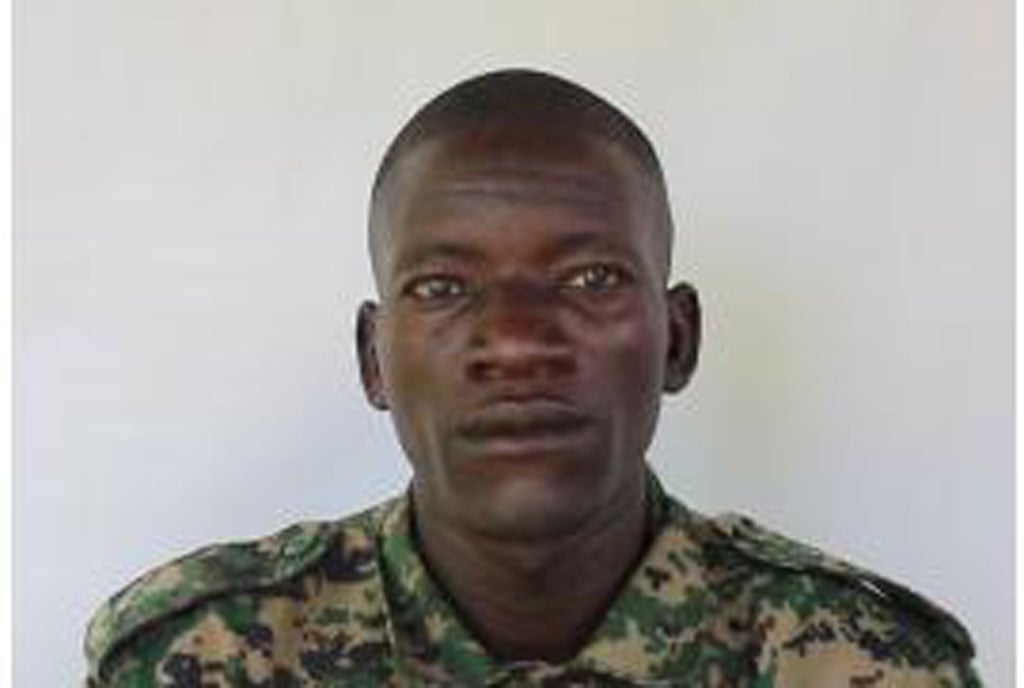Jinja ophthalmic training school to offer clinical medicine starting July

Part of the new Shs1.5 billion Ophthalmic Clinical Officers’ Training School in Danida-Masese, Jinja City South Division, which will be commissioned on March 24. PHOTO/PHILIP WAFULA
Jinja-based Ophthalmic College of Health Services will start admitting students to clinical medicine in July, according to the Principal, Mr Sam Ajwika Nason.
Mr Ajwika says the decision to admit clinical medicine students has been prompted by the College’s expansion.
“The school is expanding and in July, it is going to admit clinical medicine like it is the case in Gulu, Fort Portal, and Mbale and initially, we shall start with 40 admissions. The process has been approved by the Ministry of Public Service,” Mr Ajwika said in an interview on Monday.
He, however, added that the College will need a skills lab and library ahead of the July intake. “We lack both but because we have to continue teaching the students, we shall sacrifice some rooms in order to establish the skills lab and library.”
The development at the country’s only Ophthalmic Clinical Officers’ Training School follows the completion of a Shs1.5b complex in Danida-Masese, Jinja City South Division, which will pave the way for the relocation of 170 students this month.
The institution was first established at Mulago National Referral Hospital in 1989 under the Ministry of Health, before being transferred to Jinja Regional Referral Hospital in 2001.
However, the defunct Jinja Municipal Council later offered four acres of land to Jinja Nursing School for expansion and in 2021, construction of the complex started with sole funding by the government.
Mr Ajwika Nason said the new site is for the students to stay and undergo normal classes, while at Jinja Referral Hospital, they will be expected to undergo practicals on a daily basis.
“Before, students were scattered across hired dormitories, and you know it is very difficult to handle students who are scattered but they are now going to be concentrated in a single place and managing them will be easy for us administratively.
“Works are complete; what we are working on is transforming the pit latrines to flushable toilets and also erecting the kitchen before transferring the students on March 24 when we shall have the graduation and commissioning of the buildings,” Mr Ajwika said.
Mr Emmanuel Ainebyoona, the Ministry of Health Spokesperson, in a brief telephone interview, said: “This is a great milestone that is aimed at further improving specialised health care.”
At least 200 students, some of whom have never graduated since 2015, are expected to be conferred upon their certificates.
The school currently has candidates from Uganda, Tanzania and two from Malawi who are expected to arrive this week, according to Mr Ajwika.
He added: “Being the only eye healthcare training centre in the country, it produces candidates that help the country to take care of their eye health and they are also going to train communities to take care of their own health.”
Challenges
The biggest challenge, Mr Ajwika said, is transporting the 170 students daily from Masese to the training site at Jinja Referral Hospital (about 6Kms), which he says is far yet the school lacks transport.
In 2021, Dr Anthony Wani, the country director of Sight Savers International Uganda, a charity organisation working to prevent avoidable blindness, told Daily Monitor that the country only had 40 clinical ophthalmologists, with some referral hospitals not having any.
However, according to Mr Ajwika, that has since changed. “It has now increased because post-basics (those admitted from diplomas) are around 35, while those from first year, second year and third year are around 140, meaning the figure is now big.”





